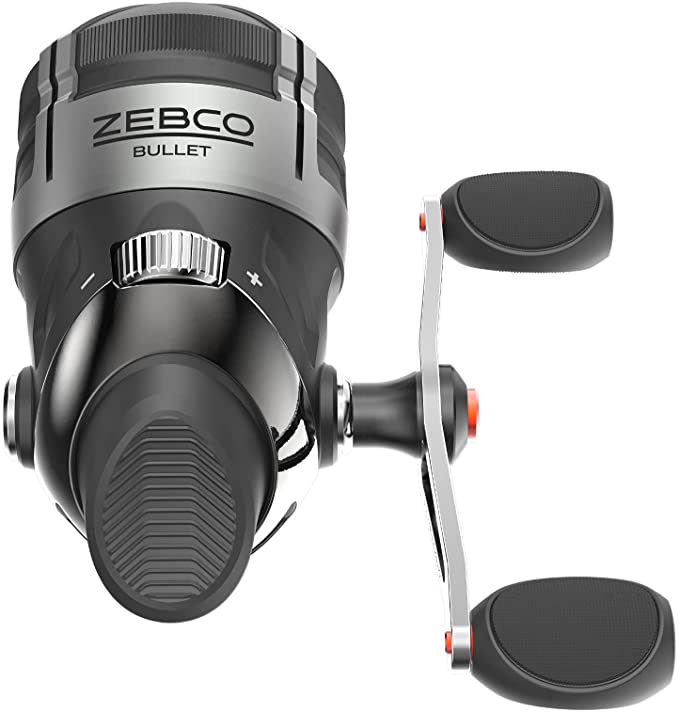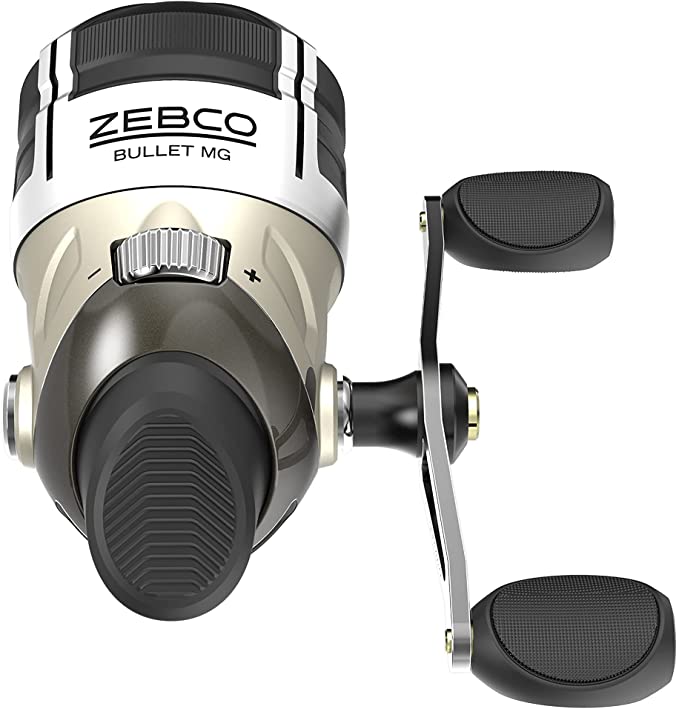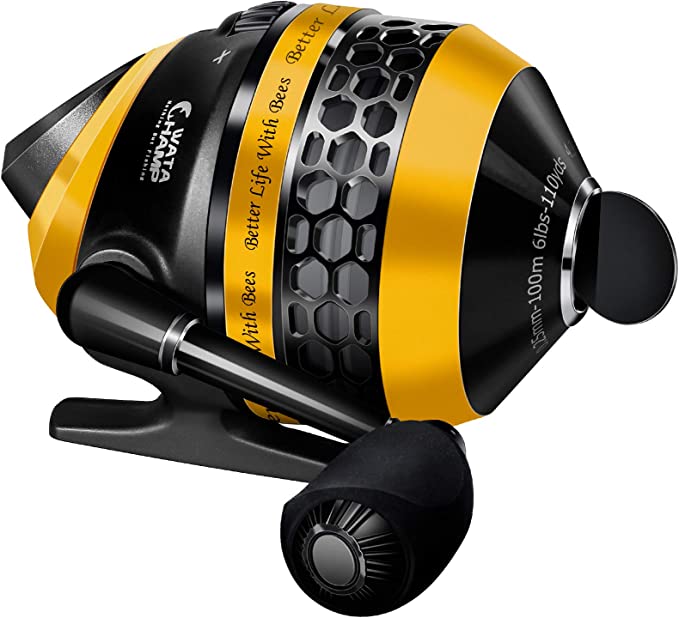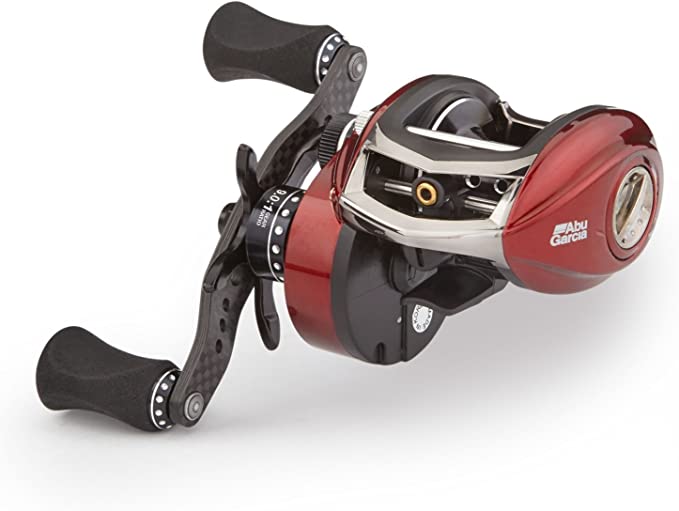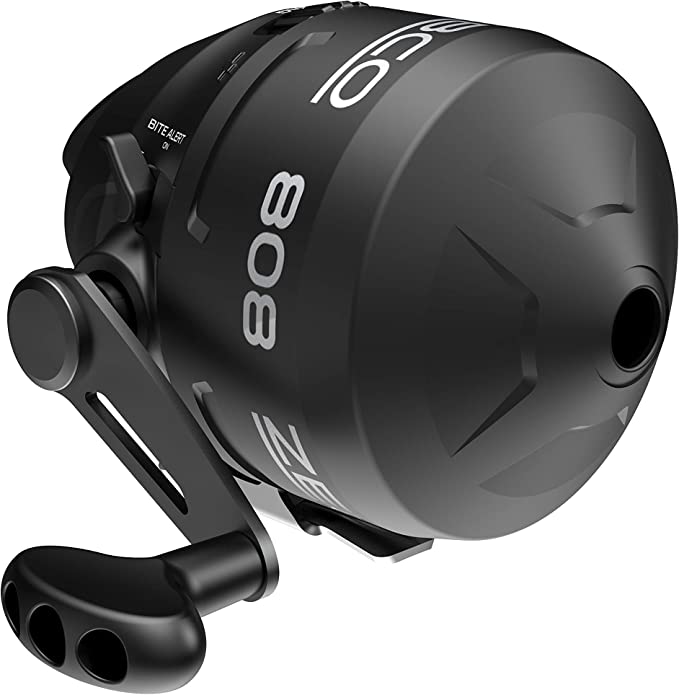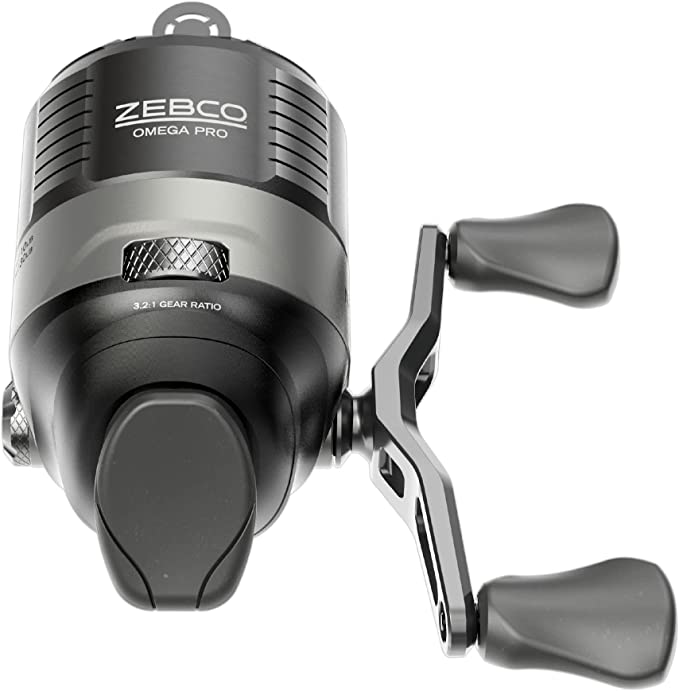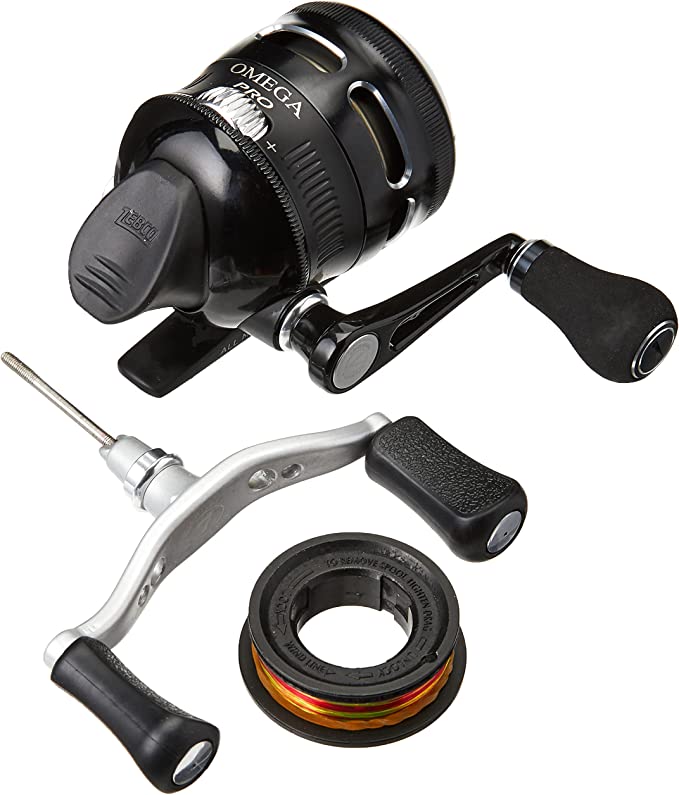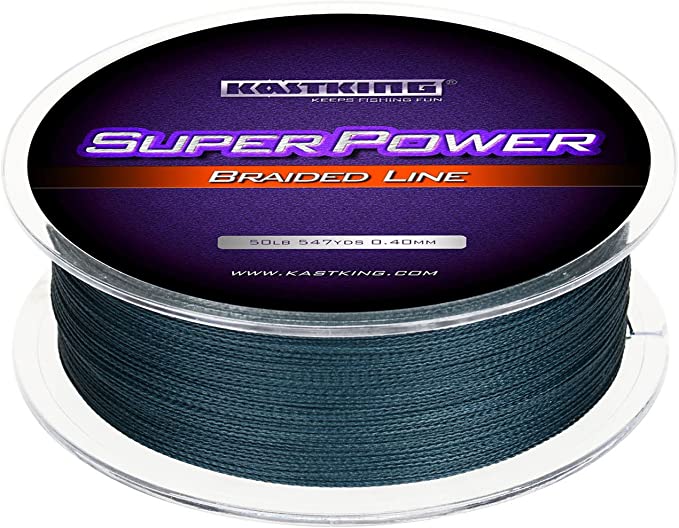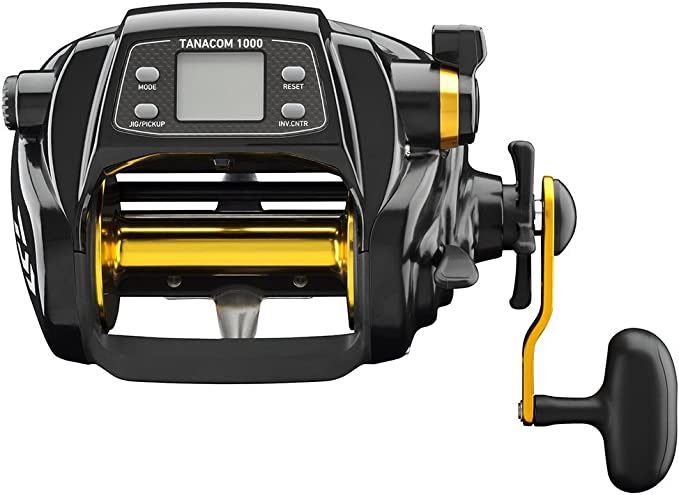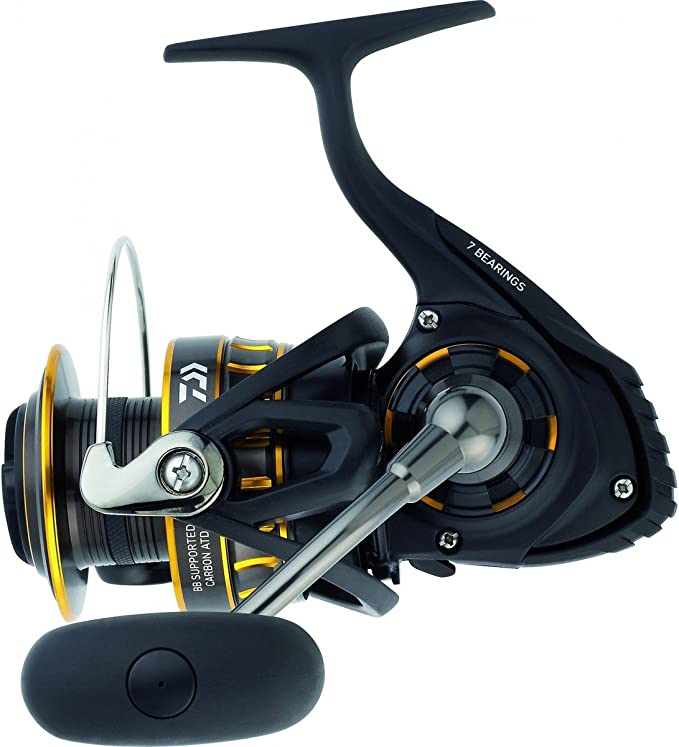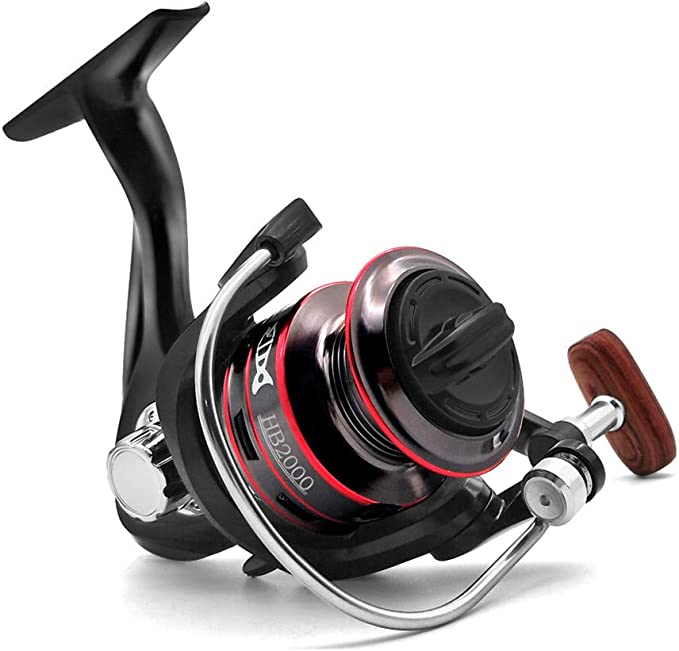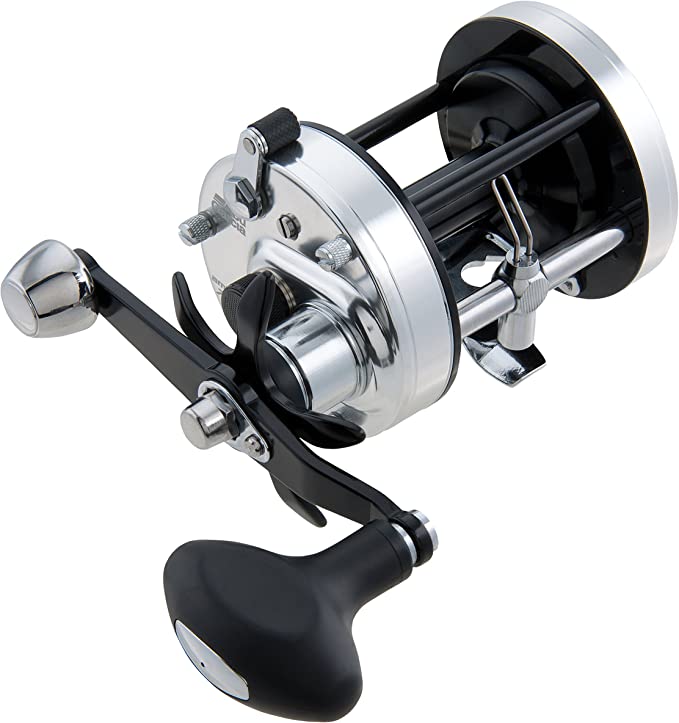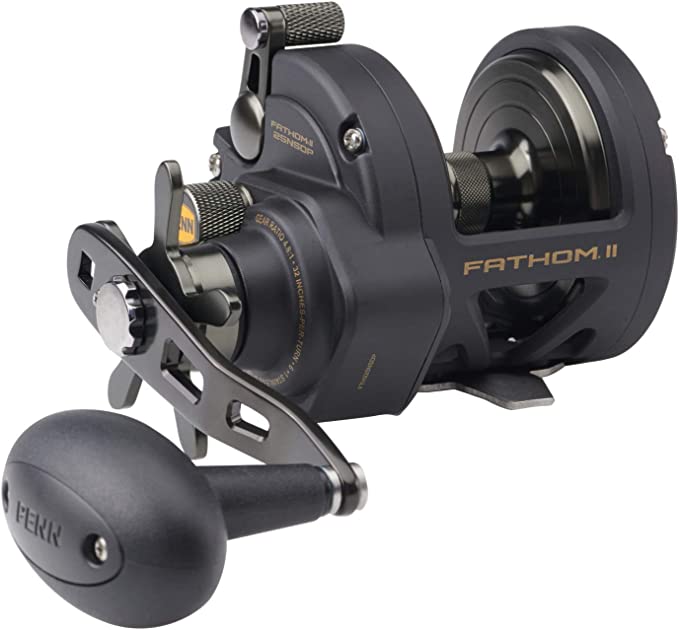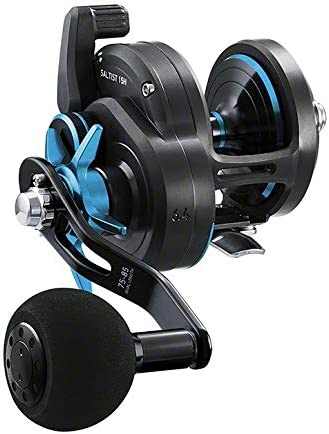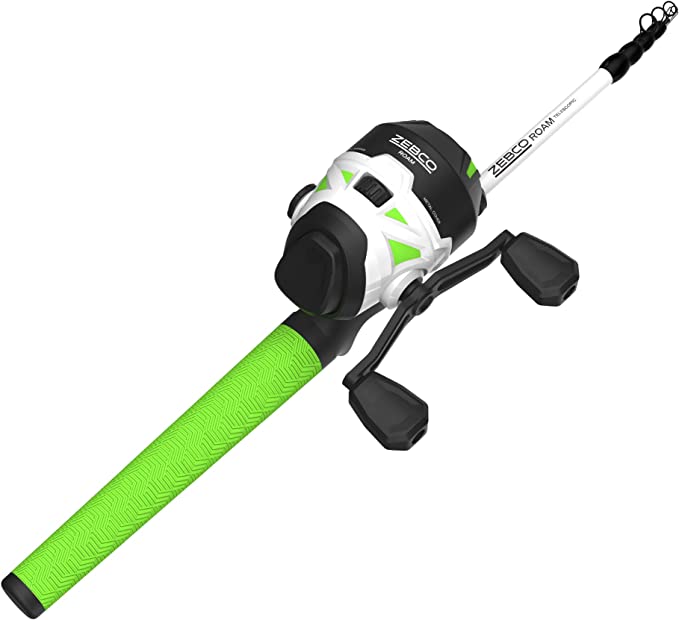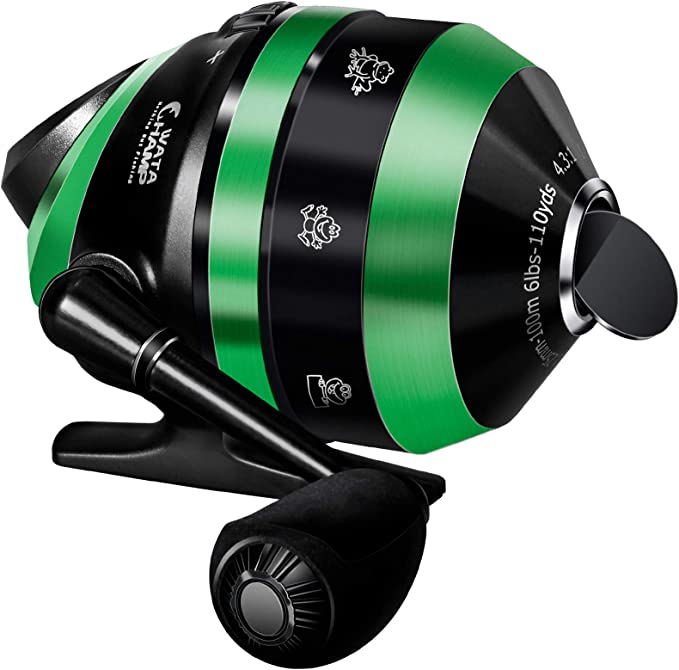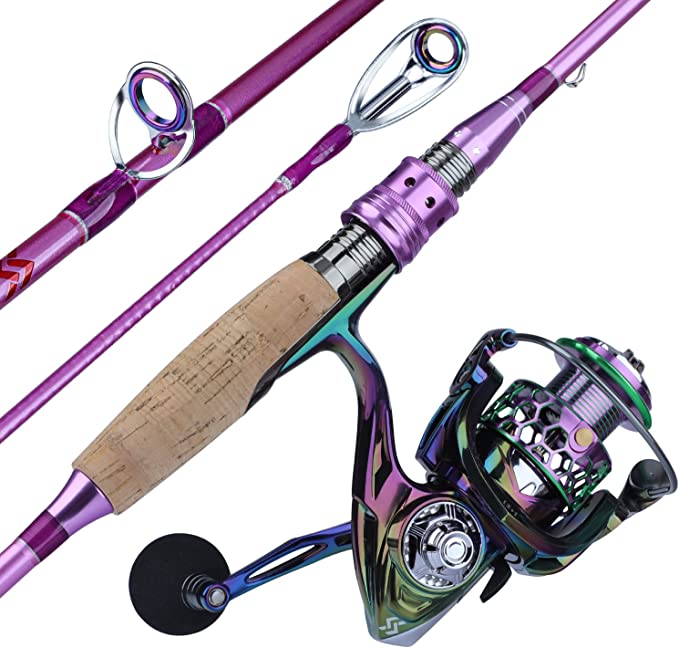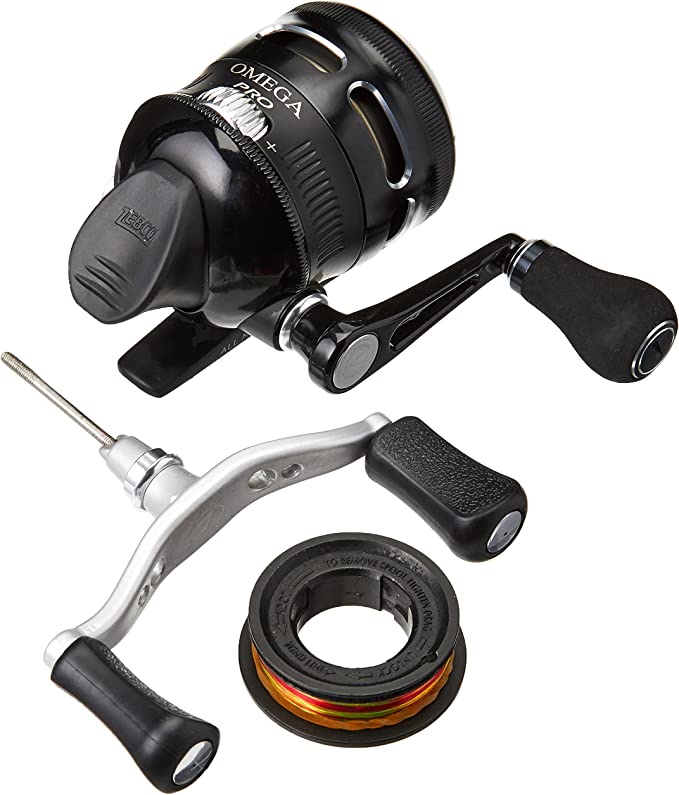Beyond the Button: The Surprising Engineering Inside the Zebco Bullet Spincast Reel
Update on July 31, 2025, 6:11 p.m.
In the collective memory of North American angling, there exists a shared, almost sacred object: the humble push-button spincast reel. For millions, it was the tool of their first cast, a symbol of simplicity and accessibility. Its genius lay in its foolproof nature, a direct line to the joy of fishing without the frustrating learning curve of its more complex cousins. Yet, as anglers mature, a desire for greater performance often creates a chasm. The pursuit of speed, power, and precision typically leads to the world of spinning reels or, more dauntingly, the baitcaster, with its notorious propensity for creating the dreaded “bird’s nest.” The Zebco Bullet ZB3 was born from a refusal to accept this compromise. It stands as a testament to the idea that a familiar face can hide a profoundly advanced, high-performance heart. This is not just a reel; it is an exploration of the surprising engineering hidden just beyond the button.
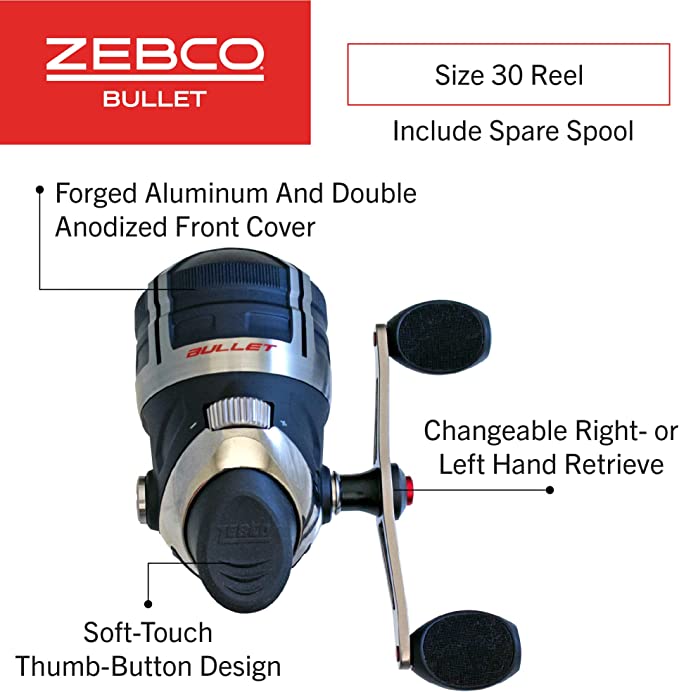
The Engine of Velocity
The Bullet’s most celebrated feature is its breathtaking speed. It retrieves a staggering 29.6 inches of line with a single turn of the handle (IPT). This isn’t magic; it’s a beautifully executed lesson in mechanical engineering, centered around its 5.1:1 gear ratio. To visualize this, think of a multi-speed bicycle. In a low gear, pedaling is easy, but you don’t go very fast. In a high gear, each rotation of the pedals turns the wheel multiple times, covering more ground with less effort. The Bullet’s gear system works on the same principle of mechanical advantage. For every one time you turn the handle, its internal rotor, or spinnerhead, revolves 5.1 times. This high-speed rotation, applied to a generously sized spool, is what translates into that remarkable line pickup.
In the real world of fishing, this velocity is a tangible weapon. When fishing a lure like a Texas-rigged worm, an angler often has to contend with slack line after the cast. A fish might bite while the line is loose. The Bullet’s speed allows the angler to engage the gears and eliminate that slack almost instantly, ensuring a solid, effective hookset. For fast-moving search baits like lipless crankbaits, this speed allows the angler to maintain the lure’s intended depth and action, triggering reaction strikes from aggressive predators like largemouth bass.
A Quest to Conquer Friction
If speed is the engine, then smoothness is the chassis and suspension. A reel’s feel is dictated by one of physics’ most fundamental forces: friction. The Bullet’s design wages a systematic war against it, most notably through its “Revolutionary ZeroFriction dual-bearing supported pick-up pin.” While “ZeroFriction” is an aspirational marketing term, the engineering behind it is sound. It addresses a key point of resistance in all spincast reels: the two small pins that grab the line during retrieval.
In simpler designs, the line slides across stationary pins, creating significant sliding friction—imagine dragging a heavy box across the floor. The Bullet fundamentally changes this dynamic by mounting these critical pick-up pins on their own dual ball bearings. According to the principles of tribology, the science of friction and wear, this replaces high-resistance sliding friction with low-resistance rolling friction—like putting that same heavy box on a wheeled dolly. The pins now rotate with the line, rather than against it. Supported by a robust system of eight stainless steel ball bearings plus an instant anti-reverse clutch, the result is a profound increase in efficiency. The energy you apply to the handle is transferred directly to the line, not wasted overcoming internal resistance. This is the essence of “cranking power,” a feeling of effortless control, especially when reeling in a heavy, fighting fish.
The Architecture of Endurance
Performance means little without durability. The Bullet is intentionally overbuilt, a decision evident in its material science. The gleaming front cover is not merely cast but is shaped from forged aluminum. Forging is a process of shaping metal using localized compressive forces, which aligns the material’s internal grain structure. This results in a component that is significantly stronger and more resistant to impact than one made from molten metal poured into a mold (casting).
This robust shell is then protected by double anodization. Anodizing is an electrochemical process that creates a thick, hard, and non-reactive layer of aluminum oxide on the metal’s surface. This ceramic-like layer is exceptionally resistant to scratches and, more importantly, corrosion—a critical feature for any piece of gear exposed to damp, rugged environments. Inside, the story of endurance continues with a solid-brass pinion gear. Brass, a copper-zinc alloy, is chosen for high-stress gear applications because it is not only strong but also has a lower coefficient of friction against steel and other metals, offering a degree of self-lubrication that ensures the drivetrain remains smooth and reliable for years.
The Unseen Hand of Control
Perhaps the most underrated component in any fishing reel is its drag system—the unsung hero that acts as a sophisticated braking mechanism. The Bullet employs a Triple-Cam Dial-Adjustable Disk Drag, capable of exerting up to 14 pounds of pressure. This system functions much like the brakes on a car. It uses a series of disks that, when the dial is tightened, press against each other to create controlled, consistent friction. When a powerful fish makes a sudden run, the drag system allows the line to pay out smoothly under this preset tension, rather than snapping under the instantaneous shock. This ballet of controlled resistance is what allows an angler to successfully land a fish that is technically stronger than the line’s breaking strength. The “Triple-Cam” design suggests a more nuanced mechanical system for applying this pressure, allowing for finer, more precise adjustments in the heat of battle.
In the end, the Zebco Bullet ZB3 presents a compelling narrative. It begins with a nod to a shared past and ends with a bold statement about the future of accessible performance. It is a symphony of moving parts, where gear ratios create speed, bearings conquer friction, and advanced materials provide a foundation of strength. It proves that within the most intuitive and user-friendly of designs, there can exist a level of engineering sophistication that rivals anything on the market. The Bullet doesn’t ask anglers to abandon the simplicity they first fell in love with; instead, it invites them to discover just how powerful that simplicity can be.
